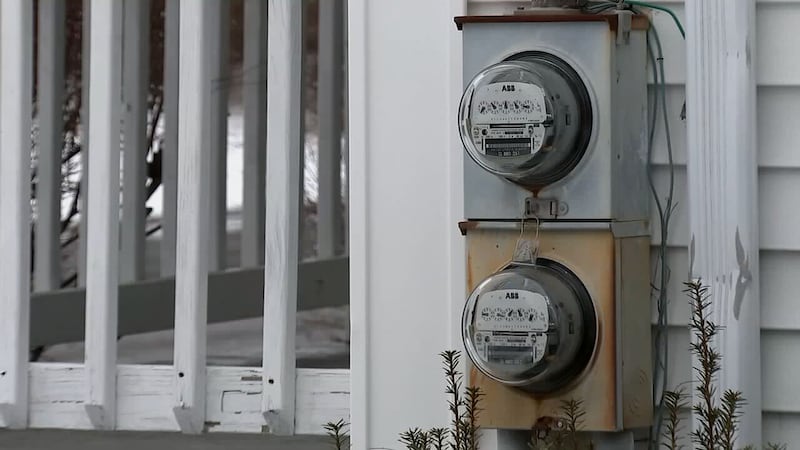BOSTON — You may have heard of deepfakes, but you might be surprised at how many you’ve already seen.
The technology stems heavily from effects used in movies and television. Among the most notable are its uses in Forrest Gump -- to insert Tom Hanks into history -- and in newer Star Wars movies like Rogue One -- to show a young Princess Leia following the death of Carrie Fisher.
Created by artificial intelligence or machine learning, deepfakes combine or replace content to create images that can be almost impossible to tell are not authentic.
In the last year, film audiences have watched Robert De Niro and Joe Pesci shed decades in “The Irishman” and Will Smith and Samuel L. Jackson roll back to their 1990s appearances. That’s been possible through new digital de-aging techniques that have allowed De Niro, Smith and other actors to play entire adult lifespans on screen, and perform without the need to wear cumbersome equipment. Digital effects experts say 2019 was a watershed year for de-aging advances in film, and efforts could be rewarded come Monday when the nominees for the visual effects Academy Award are announced.
Facebook said earlier this month it is banning “deepfake” videos, the false but realistic clips created with artificial intelligence and sophisticated tools, as it steps up efforts to fight online manipulation. But the policy leaves plenty of loopholes.
anddd deepfakes have made their way onto tiktok pic.twitter.com/5R3HQA6Wo9
— nicole (@nwilliams030) January 24, 2020
The social network said late Monday that it’s beefing up its policies for removing videos edited or synthesized in ways that aren’t apparent to the average person, and which could dupe someone into thinking the video’s subject said something he or she didn’t actually say.
Twitter, which has been another hotbed for misinformation and altered videos, said it’s in the process of creating a policy for “synthetic and manipulated media,” which would include deepfakes and other doctored videos. The company has asked for public feedback on the issue. The responses it’s considering include putting a notice next to tweets that include manipulated material. The tweets might also be removed if they’re misleading and could cause serious harm to someone.
YouTube, meanwhile, has a policy against “deceptive practices” that the company says includes the “deceptive uses of manipulated media" that may pose a serious risk of harm. For instance, the company removed the Pelosi video last year. Google, which owns YouTube, is also researching how to better detect deepfakes and other manipulated media.
Even with steps taken by major platforms to curb their prevalence, they may still end up in your news feed.
The Associated Press contributed to this report.
© 2020 Cox Media Group





